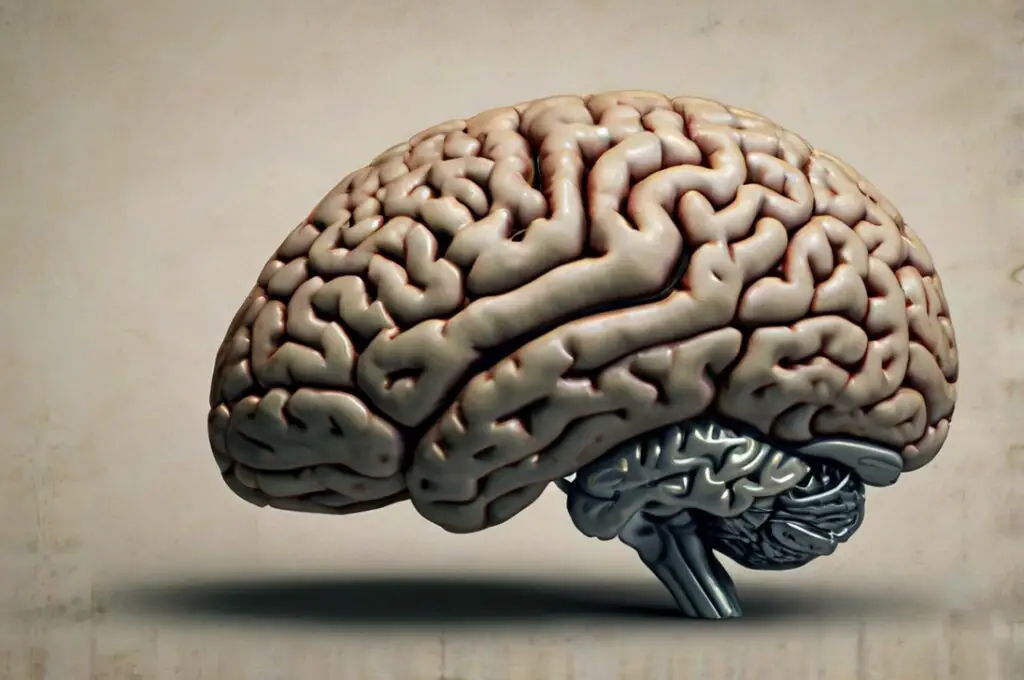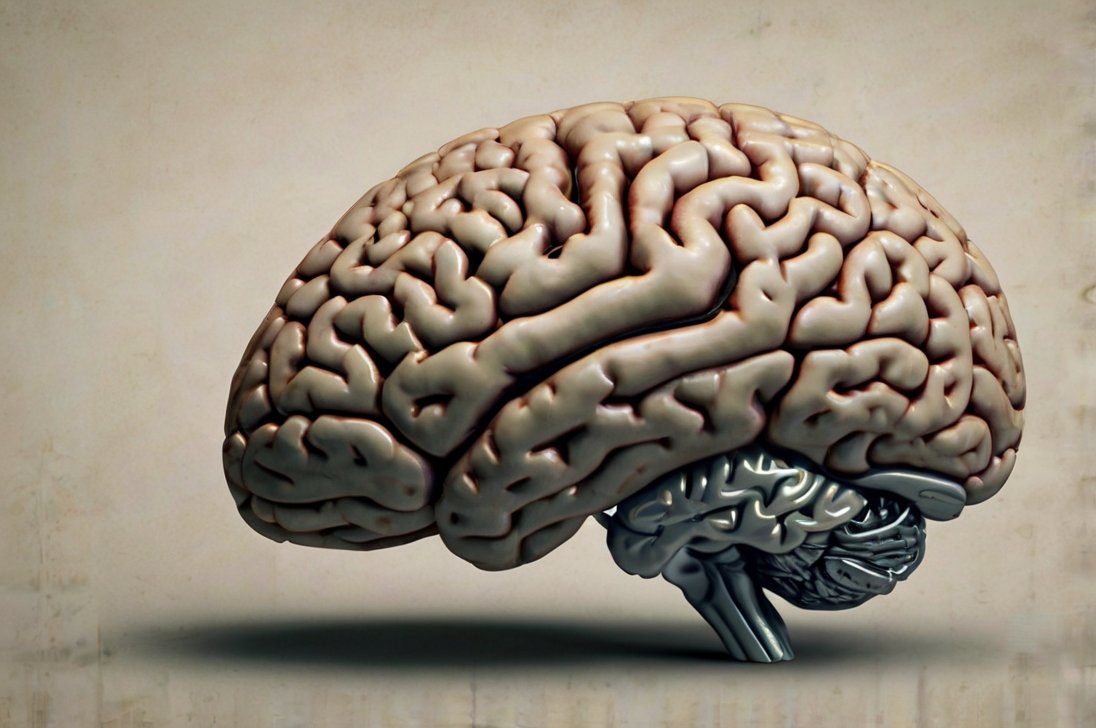
The human brain is an incredibly complex and powerful organ, responsible for everything we think, feel, and do. It is divided into several regions, each with its own specific functions.
Understanding the roles of these different areas can give us insight into how the brain works and how various injuries or conditions can affect behavior and abilities.
This guide will explore the functions of the brain’s four main lobes: the frontal, parietal, temporal, and occipital lobes.
The Four Main Lobes of the Brain
The brain is divided into four main lobes, each responsible for different functions.
These lobes are the frontal lobe, parietal lobe, temporal lobe, and occipital lobe.
Let’s delve into the specifics of each.
- Read also: Unraveling the Wonders: What is the Visual Cortex?
- Read also: Answered: Exploring the Functions of the Sensory Cortex
Frontal Lobe

Location
The frontal lobe is a key part of the brain located right behind your forehead.
It is separated from the parietal lobe by a groove called the central sulcus and from the temporal lobe by another groove called the lateral sulcus.
Functions
The frontal lobe is crucial for a variety of high-level functions:
Higher executive functions
The frontal lobe is crucial for managing complex tasks.
It helps us control our emotions, plan for the future, solve problems, and make decisions.
Think of it as the brain’s command center for organizing and regulating behavior.
Speech and language
Within the frontal lobe is an area called Broca’s area.
This region is vital for producing speech.
If Broca’s area is damaged, it can lead to Broca’s aphasia, where a person struggles with speaking and forming sentences.
Personality and decision-making
The frontal lobe plays a big role in shaping who we are and how we make decisions.
It influences our personality and guides our choices and actions.
Movement control
The primary motor cortex, located in the frontal lobe, controls voluntary movements.
It’s organized so that different parts of the cortex correspond to different parts of the body, helping you move your limbs and perform various tasks.
Case study: Phineas Gage and frontal lobe damage
One famous case involving the frontal lobe is that of Phineas Gage, a railroad worker who experienced a serious accident in 1848.
An iron rod went through his skull, damaging his frontal lobe.
Remarkably, he survived, but the injury drastically changed his personality.
Before the accident, Gage was reliable and well-mannered.
Afterward, he became impulsive and socially inappropriate, demonstrating how crucial the frontal lobe is in regulating behavior and personality.
Parietal Lobe

Location
The parietal lobe is located near the top and back of the brain, just behind the frontal lobe.
It’s separated from the frontal lobe by a groove called the central sulcus and from the occipital lobe by another groove called the parieto-occipital sulcus.
Functions
The parietal lobe plays a crucial role in processing and integrating sensory information.
Here’s a closer look at its main functions:
Integrating sensory information
This part of the brain helps process data from our senses, such as touch, temperature, pressure, and pain.
It combines these sensory inputs to give us a complete picture of what’s happening around us.
Spatial awareness and object recognition
The parietal lobe is important for understanding where we are in space and how objects relate to each other.
It helps us navigate our environment and recognize objects based on their location and spatial relationships.
Sensory processing and integration
This lobe takes in various sensory inputs and integrates them to form a unified perception of our surroundings.
For example, it helps us feel a gentle touch and identify whether it’s a tickle or a brush against our skin.
Example: Two-point discrimination test
To assess how well the parietal lobe is functioning, doctors use a test called the two-point discrimination test.
In this test, a person is asked to determine the smallest distance at which they can feel two separate points of contact on their skin.
This test helps measure the sensitivity of the parietal lobe and how well it processes touch information.
Temporal Lobe

Location
The temporal lobe is situated on the sides of the brain, just beneath the lateral sulcus and next to the frontal and parietal lobes.
Functions
The temporal lobe is crucial for several key functions:
Processing auditory information
The primary auditory cortex, found in the temporal lobe, is responsible for processing sounds.
It plays a vital role in hearing and understanding what we hear.
Recognizing language and forming memories
This lobe contains important areas like the hippocampus, which is involved in understanding language and forming new memories.
The temporal lobe helps us grasp spoken words and remember experiences.
Visual processing and interpretation
In addition to handling sounds, the temporal lobe also helps with interpreting visual information.
It plays a role in recognizing objects and faces, allowing us to identify what we see.
Example: Hippocampus and memory formation
A key structure within the temporal lobe is the hippocampus, which is essential for forming new memories.
If the hippocampus is damaged, it can lead to significant memory problems.
For instance, people with conditions like Alzheimer’s disease often experience difficulties with memory because the hippocampus is affected.
Occipital Lobe

Location
The occipital lobe is located at the back of the brain and is separated from the parietal and temporal lobes by a groove called the parieto-occipital sulcus.
Functions
The primary job of the occipital lobe is to process visual information.
Here’s how it works:
Primary visual cortex (V1) and visual processing
This area of the occipital lobe, known as the primary visual cortex, is crucial for handling the visual signals that come from the eyes.
It processes basic aspects of vision, such as light intensity, color, and movement.
Interpretation of visual information
The occipital lobe also helps us make sense of what we see.
It interprets more complex visual data, such as depth, distance, and the identity of objects, allowing us to understand and recognize what’s in our field of view.
Example: Visual field deficits and blindness
If the occipital lobe gets damaged, it can lead to various visual problems.
Depending on where and how severe the damage is, it might result in partial or complete loss of vision.
For instance, if there’s a lesion in one hemisphere of the occipital lobe, it can lead to vision loss in the opposite half of the visual field.
This means if the damage is on the right side of the occipital lobe, the person might lose vision on the left side of their visual field.
- Read also: Explained: Exploring The Primary Auditory Cortex Functions
- Read also: Understanding the Impact: Damage to the Cerebral Cortex
Conclusion
The brain’s lobes work together to enable us to think, perceive, and interact with the world.
Each lobe has specialized functions that are crucial for our daily lives.
Understanding these functions can help us appreciate the complexity of the brain and the importance of each region in maintaining our cognitive and physical abilities.



